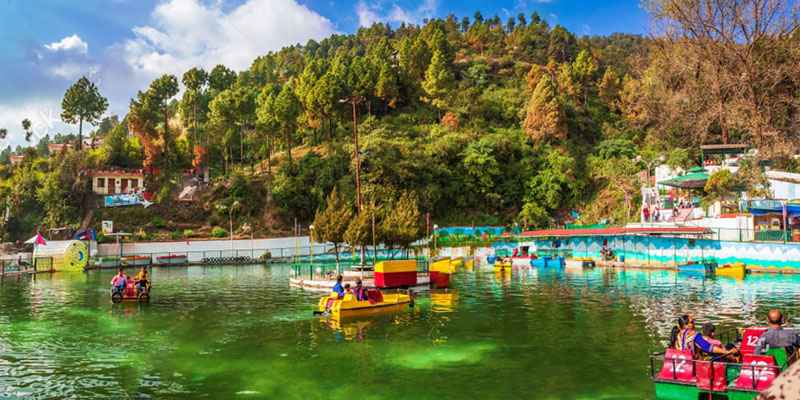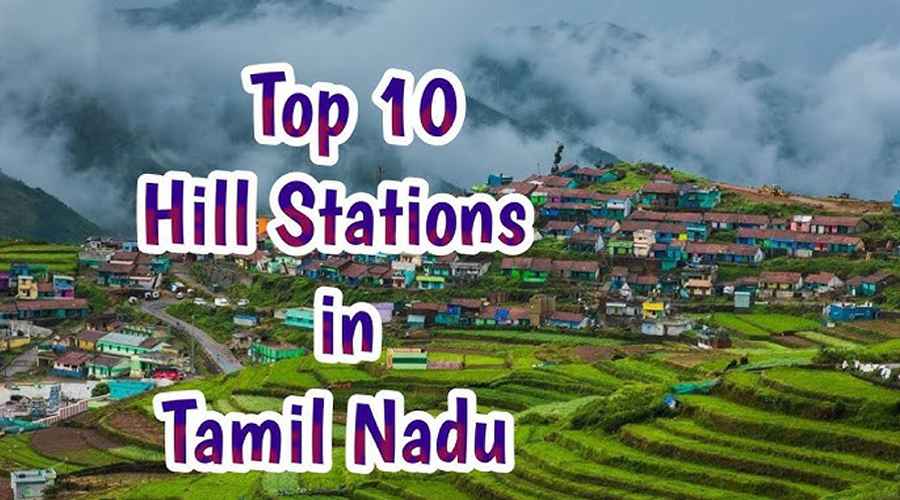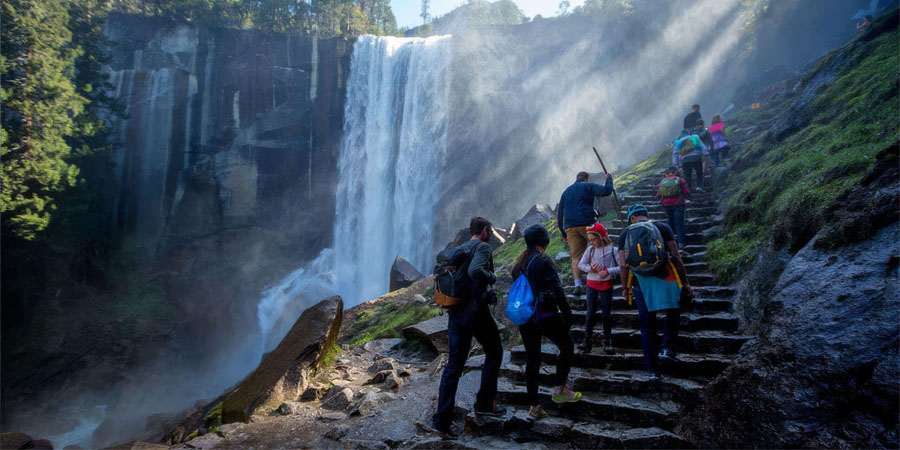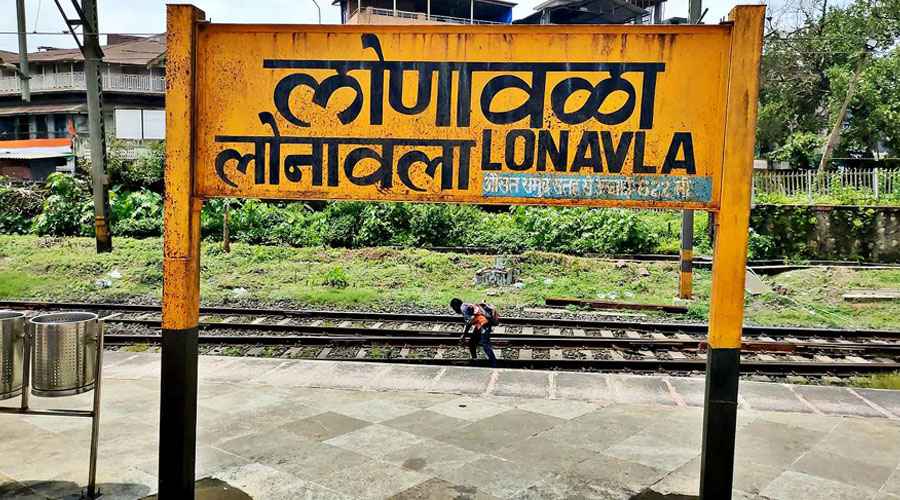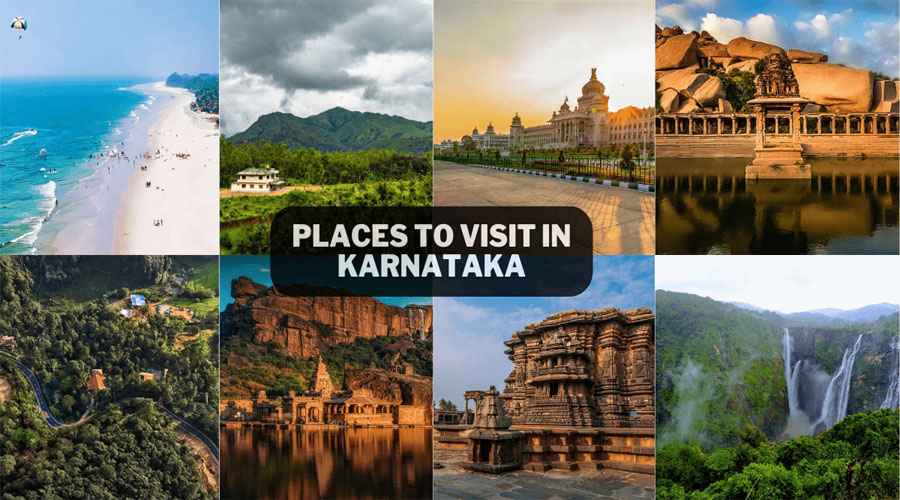West Bengal is a land of myths, folklore, and natural wonders. Every region of this culturally rich state carries a legacy of history intertwined with local beliefs and nature’s artistry. Among its many hidden gems lies Mama Bhagne Pahar (literally “Uncle–Nephew Hill”) in Dubrajpur, Birbhum district. Though not as widely known as Shantiniketan or Tarapith, Mama Bhagne Pahar is a unique geological and cultural attraction that has fascinated geologists, historians, and travelers for centuries. With its unusual rock formations, legendary folklore, and scenic surroundings, it represents a fascinating blend of myth and nature.
The Location: Dubrajpur and Its Landscape
Dubrajpur is a small town in the Birbhum district of West Bengal, about 35 kilometers from Suri, the district headquarters, and around 190 kilometers from Kolkata. The town is well connected by both road and rail, lying on the Andal–Sainthia railway line. Though small, Dubrajpur is known for its cultural traditions and local markets, but the real attraction that draws visitors is the distinctive rock formation of Mama Bhagne Pahar located on its outskirts.
The landscape here is quite striking. Unlike the plains of southern Bengal, Dubrajpur lies near the western edges of the Chhota Nagpur Plateau. The terrain gradually changes into rocky outcrops, rugged fields, and scattered mounds of granite boulders that make the region geologically interesting.
The Name: Why “Mama Bhagne”?
The name “Mama Bhagne” means “Uncle and Nephew” in Bengali. Local folklore narrates that the rocks here resemble an uncle and his nephew. Some stories claim the name arose because the two central boulders stand side by side, as though representing a family bond. Over time, the entire cluster of rock formations came to be known by this affectionate and curious name.
The uniqueness of the site lies in the appearance of massive blocks of stone scattered across acres of land, some balancing precariously on others, some rising vertically like sentinels. The imagination of local villagers thus gave human character and kinship to these rocks, and the name stuck permanently.
Geological Significance
From a scientific perspective, Mama Bhagne Pahar is an extraordinary geological site. The rocks are huge granite boulders belonging to a much older structure of the Earth’s crust. Geologists explain that these formations are the result of igneous activity and subsequent weathering over millions of years.
The scattered arrangement of boulders is believed to have been caused by a phenomenon known as “tors”, where weathering of rock masses produces rounded blocks that seem randomly piled. The sight of gigantic stones — some over ten meters high — resting sometimes on small points of contact, amazes visitors and raises questions about the forces of nature that shaped them.
Notably, one of the largest boulders rests on a small base stone, almost defying balance. This natural wonder attracts geologists, students, and even adventure seekers who marvel at the stability and formation of these rocks.
Folklore and Mythology
Like many natural wonders in India, Mama Bhagne Pahar is inseparably linked with stories and beliefs. According to a popular local legend, the stones were hurled at each other by giants or deities in a mythical battle, and they froze in mid-action, creating the eccentric arrangement seen today.
Villagers often narrate that the central rocks represent a maternal uncle (mama) and his beloved nephew (bhagne), who symbolize familial love and bonding. Rural fairs and local gatherings often celebrate this folklore through songs and folk stories, keeping alive the mythical aura of the place.
For devotees, the site is not just a curiosity of nature but also a sacred space that embodies divine play. Over time, these associations have enhanced the cultural value of Mama Bhagne Pahar beyond its geological uniqueness.
Historical Mentions
Interestingly, Mama Bhagne Pahar also finds mention in history. A copper plate inscription from ancient Bengal references Dubrajpur and its rocky surroundings in connection with land grants and settlements. While the site has never been a major political center, it has long been a part of local consciousness and occasionally mentioned in travel notes by colonial geologists and surveyors.
During British rule, several geological studies were carried out in Birbhum, and Mama Bhagne attracted attention due to its unusual rock architecture. Even early Bengali travelers and poets referred to the site, fascinated by its odd appearance.
Tourism and Attractions
Though relatively lesser known compared to Shantiniketan or Tarapith, Mama Bhagne Pahar has its own charm for travelers, especially those who appreciate offbeat destinations.
- Rocky Excursion: The main attraction is, of course, the scattered granite boulders, which make for excellent photography, light trekking, and exploration.
- Sunset Views: Climbing up some of the accessible rocks gives panoramic views of the surrounding countryside, particularly stunning during sunrise and sunset.
- Picnics and Outings: For nearby towns and villages, Mama Bhagne is a popular picnic spot, especially in the winter months. Families, student groups, and nature enthusiasts frequent the site.
- Nearby Sites: Travelers often combine a visit to Mama Bhagne Pahar with nearby attractions such as Shantiniketan (home of Rabindranath Tagore), the temple town of Tarapith, and the Ajay River basin.
Present-Day Scenario
Despite its natural and cultural significance, Mama Bhagne Pahar remains relatively underdeveloped as a tourism hub. While many picnic-goers and geology enthusiasts drop by, there are limited facilities such as information boards, guided tours, or conservation measures. In recent years, there has been a growing call for preserving the site, both as a geological heritage and as a cultural landmark.
Unplanned use of the rocks, occasional graffiti, and lack of strict regulation sometimes cause minor damage to the boulders, raising concerns among locals and heritage lovers. With proper management, eco-tourism initiatives, and promotion, Mama Bhagne could become a major attraction in Birbhum’s tourism circuit.
Experiencing Mama Bhagne
Visiting Mama Bhagne Pahar is less about conventional sightseeing and more about experiencing the unusual. Standing amidst colossal stones that seem to defy balance instills both wonder and humility. The silence of the rocks, the vast blue sky above, and the agricultural lands around create a tranquil yet mysterious atmosphere.
For those drawn to myths, the “uncle and nephew” story adds a human touch to the silent stones. For geologists, the site is a living laboratory of nature’s sculpting power. For travelers, it is an offbeat escape into the rustic side of Bengal where folklore and geology unite seamlessly.
Conclusion
Mama Bhagne Pahar of Dubrajpur is more than just a hill of rocks—it is a meeting ground of science, myth, and culture. The colossal granite boulders, arranged by nature’s hands, excite the imagination with stories of giants, divine play, and family bonds. At the same time, they invite scientific curiosity about the geological past of the Chhota Nagpur Plateau.
Though not as popular as other tourist hubs, Mama Bhagne remains one of Bengal’s most intriguing sites. Its charm lies in its raw natural beauty, its myths carried through generations, and the sense of timelessness it evokes in every visitor. For those exploring the offbeat corners of West Bengal, Mama Bhagne Pahar in Dubrajpur is undoubtedly a destination that should not be missed.
